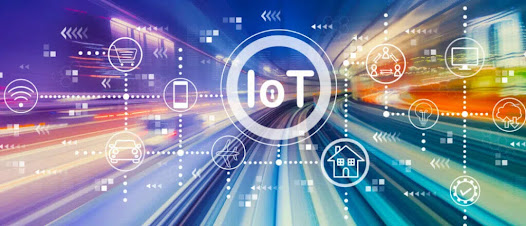The Critical Role of GSM Modems and SIM Cards
Introduction
The Internet of Things (IoT) is reshaping industries, from fleet management and logistics to smart cities and remote monitoring. However, the success of IoT deployments hinges significantly on the choice of connectivity components. Choosing the right GSM modem and SIM card for your IoT device can distinguish between a seamlessly functioning IoT system and one plagued by connectivity issues. Optimising IoT connectivity requires careful consideration when integrating GSM modems and SIM cards, especially given the vast array of device, modem, and SIM Card choices.
Understanding GSM Modems and SIM Cards
A GSM modem is a unique modem that transmits data over cellular networks, enabling IoT devices to communicate remotely. It acts as a bridge between your IoT device and the vast world of cellular network services. On the other hand, SIM cards act as an identity for your devices on the cellular network, allowing them to connect and communicate via specific network protocols and bands. Together, GSM modems and SIM cards play a fundamental role in ensuring that IoT devices can reliably send and receive data, regardless of their location.
Common Misconceptions
One common misconception is that all SIM cards are interchangeable and function in any environment. However, this is far from the truth. For a SIM card to work correctly, it must be compatible with both the modem and the network environment of the device's location. Factors such as the signal type (2G, 3G, 4G, nb-IoT, CatM) and the specific frequency bands available in a region are crucial considerations. Ignoring these factors can lead to devices that are unable to connect, disrupted services, and dissatisfied users.
The Importance of Compatibility
Ensuring compatibility between your IoT device of choice, GSM modems, SIM cards and the network environment is crucial. This includes ensuring your SIM cards are capatible with the modem, that the firmware is able to manage the modem and ensuring you select a modem that supports the intended cellular network and a SIM card that operates within those network parameters.
Selecting the right modem and SIM card for your cellular network can be a complex task. At CommsCloud, we specialize in guiding our clients through this process, ensuring that the chosen connectivity components perfectly suit their operational requirements and environmental conditions.
Conclusion
This blog series will delve deeper into the practical challenges of IoT connectivity, providing real-world case studies and expert advice on integrating and managing GSM modems and SIM cards effectively. Stay tuned as we explore how to navigate these critical decisions and ensure your IoT solutions are robust and reliable.
Call to Action
Are you ready to optimize your IoT connectivity? Contact CommsCloud today for a consultation and learn how we can help you ensure your IoT deployments are equipped with the right connectivity solutions tailored to your needs.
CommsCloud IoT Connectivity Solutions | Empowering Your Business to Connect, Grow, and Thrive—Contact Us | +27 21 551 5526 or Get in Touch . Follow our journey across Africa with the social media links below.




.png)
